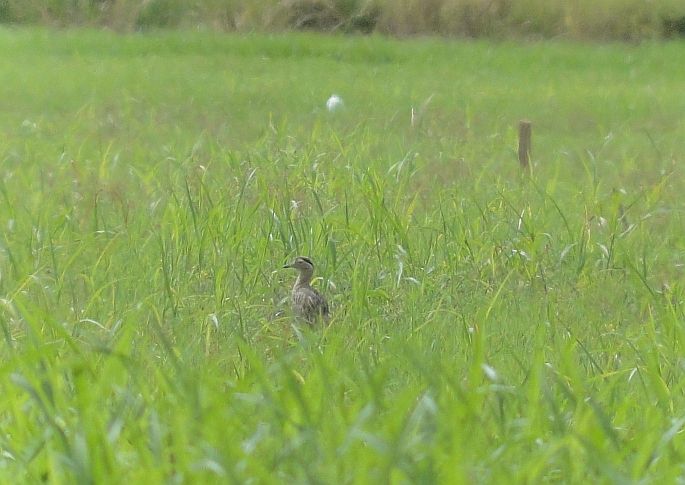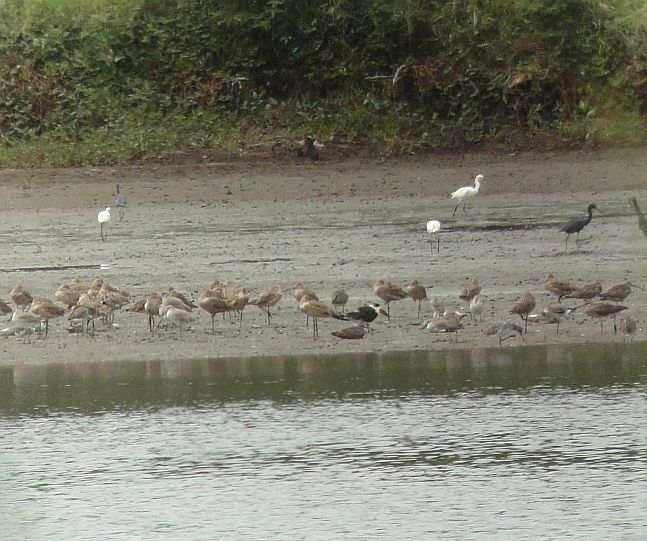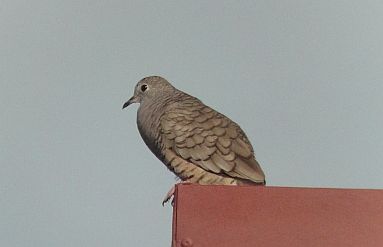Guanacaste is the big northwestern part of Costa Rica. In Costa Rica birding terms, its a mosaic of tropical dry forest, pasture, and wetlands. In non-birder terms (or birders who wouldn’t mind blending birding with relaxation), this distinctive, sun-drenched region of Costa Rica is also a place of beaches, resorts, and trails for birding in Rincon de la Vieja National Park. That latter bit is also important for the birding crowd; there are birds in those old forests, even if they are sometimes hard to find.

For the past few days, my partner Marilen and I did some exploration birding in a few corners of Guanacaste. We picked up several year birds while also discovering a few other aspects of birding this fun part of the country. Based on our recent journeys, here are some tips I hope will help with your birding endeavors in Guanacaste.

Chomes isn’t Getting Any Better but Punta Morales is Good and Bebedero Birding can be Excellent!
As part of my over enthusiastic master birding plan, on the first day, I figured we would drive and bird through La Ceiba de Orotina, seawatch for a bit in Puntarenas, and then check Chomes and Punta Morales before spending the night in Canas.
That sort of worked out in the form of a lucky randomly flushed a year Wilson’s Snipe in a remnant wetland at Ceiba, and year Caspian Tern at an otherwise dry Chomes. Even if we did not see any distant jaegers or rare tropicbirds at Puntarenas, it was still nice to have lunch there and watch the waters of the Gulf of Nicoya. As for Chomes, sadly, this important site has seen much better days. The squatter community continues to grow and edge its way into the mangroves, and the main ponds were completely dry. I’m not sure if they are being maintained, it didn’t really look like it.
Punta Morales had the birds but none of the rare species or odd seabirds we had hoped for. For whatever reason, no skimmers or terns or gulls flew in to roost for the night. You just never know what will turn up (or not) at Punta Morales. All a birder can do is check the place out.
As for the Bebedero area, yes, that was good. Situated a short drive from Canas, we decided to bird there early before returning to the hotel for breakfast at 8. As luck would have it, that all worked out with roadside wetlands sporting dozens and dozens of yellowlegs and Least Sandpipers foraging and flying overhead. We didn’t pick out any rarities but based on the number of birds we saw, that would certainly be a good area to check.
Continuing on, another roadside check of wetlands turned up a mega Jabiru (!) in a roadside ditch along with more usual herons and Wood Storks. We then looped our way to the Bebedero Road that passes by La Soga and reaches highway 1. Although we found little in wetlands and rice fields in this area, it can be fantastic during migration, and we did chance upon our one and only Northern Harrier (a rare wintering bird in Costa Rica). I can still see that gray ghost course fast just over an open, windy field. In retrospect, I would have liked to check out as much of that area as possible over a couple of days. I bet there’s some rare birds out there.
Need to Stay in Canas? Stay at the Kam Tu
We stayed in a local hotel known as the Kam Tu. It’s nothing fancy but rooms were clean and with AC, the place was well maintained, it had a nice pool, good friendly service, and it was a bargain. Your stay also comes with a good breakfast. They won’t serve it super early but if you feel like birding and coming back at 8:30, that can work. I would absolutely stay there again.
Palo Verde- Maybe Not…
Palo Verde National Park is a big, important protected area in the Tempisque River basin. The birding here and on the road in can be great but, as with so many wetland areas, that good birding is dependent on water levels. On our way back home, we decided to drive in with the hope of seeing a bunch of birds in the main Palo Verde marsh, maybe some wetland and dry forest birds on the way in.
Unfortunately, very little of this plan worked out and I would not recommend a visit. With so little of the marsh accessible, you are much better off saving your wetland birding for Cano Negro, Viejo Wetlands, and maybe a couple other sites. Our visit consisted of a looong drive in on a very bumpy road, fewer wetlands than in the past (some have been converted to birdless sugar cane), and the marsh having no open water and no uncommon birds. A November visit could have better conditions but then again, the road might also be impassible. With that in mind, go to Cano Negro instead.
Liberia is a Good Birding Base but Don’t Stay at the Hotel Wilson
Liberia can act as an excellent base for visiting various national parks and other birding sites in Guanacaste. It also has a restaurant with good Indian cuisine and other good places (we enjoyed the MariaJuana for craft beer and tasty fare). There are also several places to stay, one which I cannot recommend being the Hotel Wilson. It was never anything special and mostly caters to corporate clients but it’s still worth mentioning that you’ll be better off staying somewhere else.
It wasn’t all that bad but just pretty basic, uncomfortable, and with noisy AC that kept us awake. There are other and better options for Liberia.
Take a Break at the Alma Dolce Cafe
On a much brighter note, a place I can’t recommend enough is the Alma Dolce cafe at the Do It Lagar plaza. This small, family run establishment offers reasonably priced, authentic Italian pastries, pizza, espresso, and gelato. What more could you want? It’s a gem of a place we always look forward to visiting. On our final morning, after checking Las Trancas and the Catfish Ponds (which were mostly dry and birdless), breakfast there was perfect before continuing on with our drive.
Rincon de la Vieja
This big national park is always a good place for birding but before you go, keep these tips in mind:
- Closed on Monday.
- The Waterfalls Trails are long walks only meant for fit hikers and by the time you reach the grassland areas where the sparrows live, they probably won’t be active.
- The park hours are terrible for birding. Bird early on the drive to the national park, it doesn’t open until 8.
- Consider walking and birding on the Las Pailas trail and the in the Santa Maria sector. Both of these are easier than the waterfall trails, especially Las Pailas, and are just as good.

Guanacaste is big and much of it little birded. I could say a lot more, I would love to bird less accessible corners of those wild and windy lowlands. To learn more about where to go birding in Costa Rica in this and all regions of this birdy nation, support this blog by getting the 900 plus page ebook and Costa Rica birding companion, “How to See, Find, and Identify Birds in Costa Rica”. I hope to see you here!



























